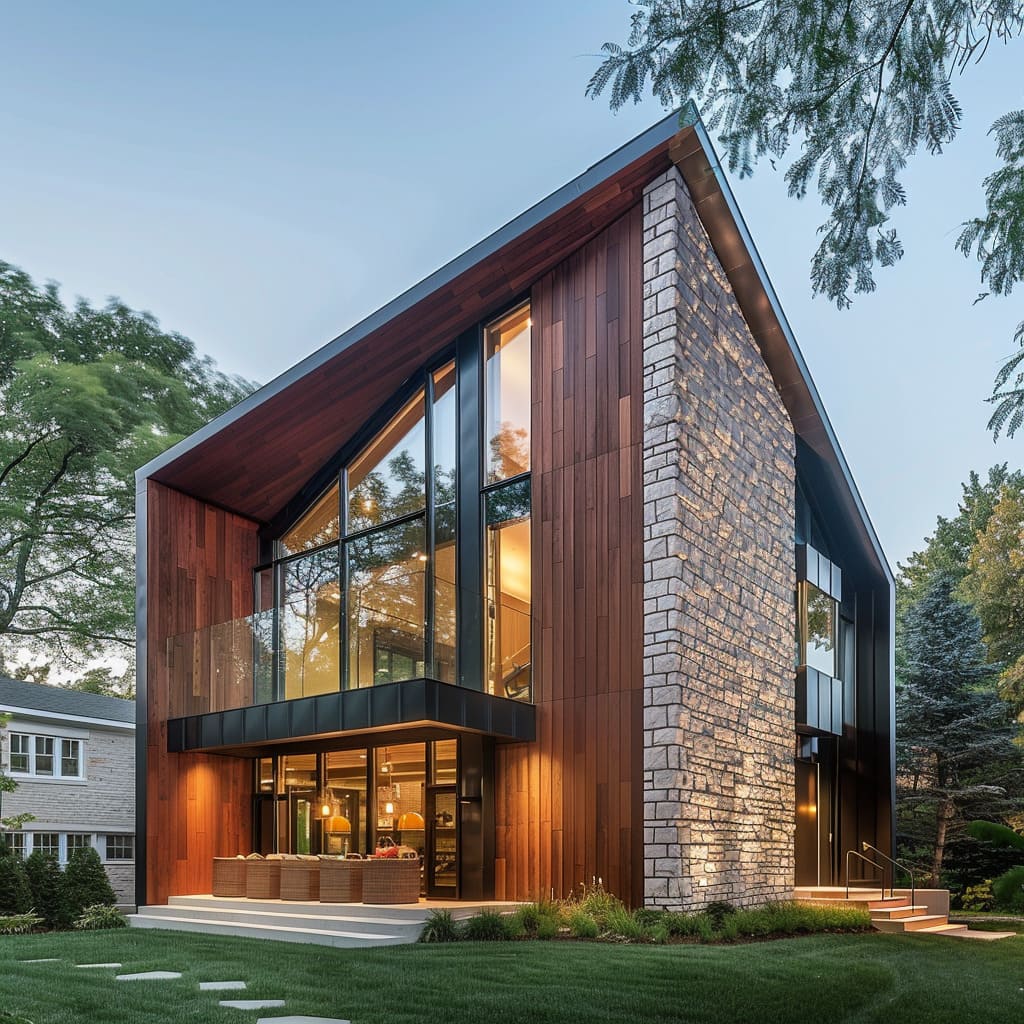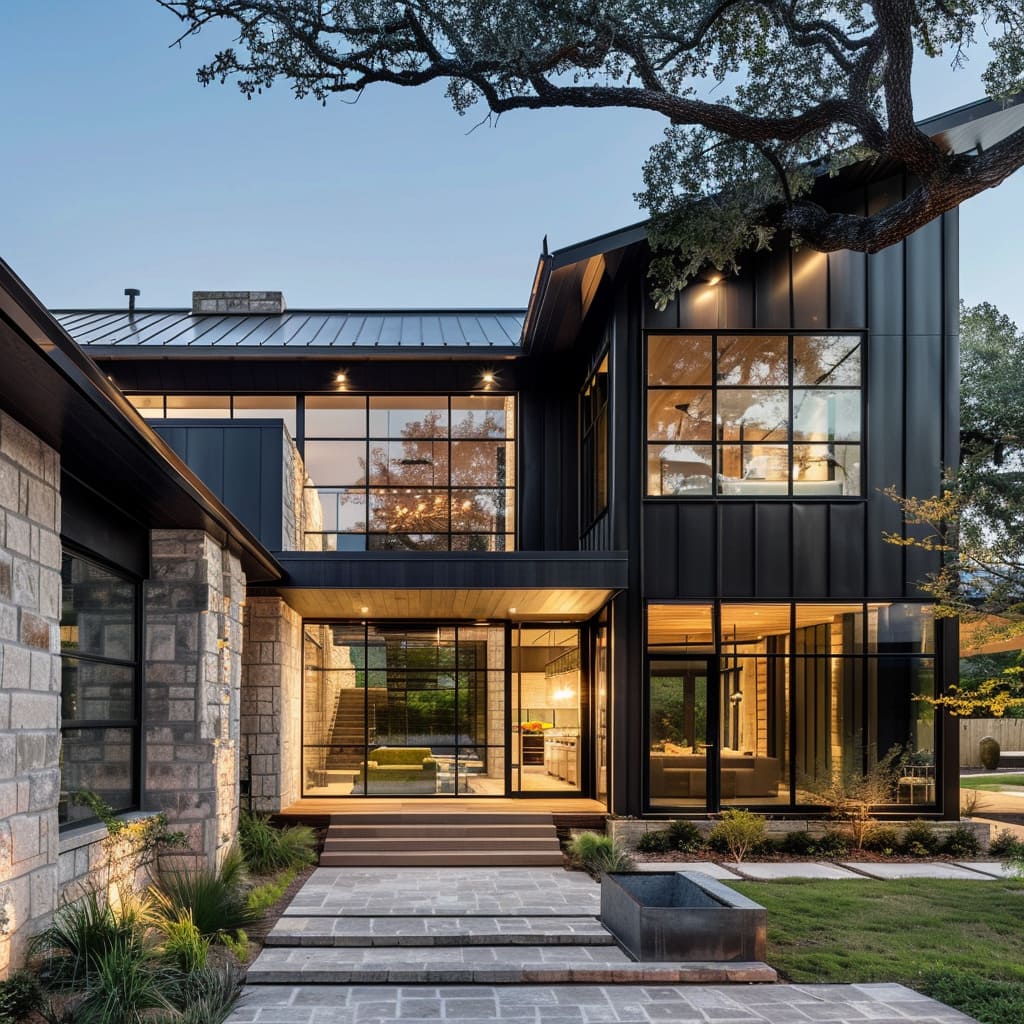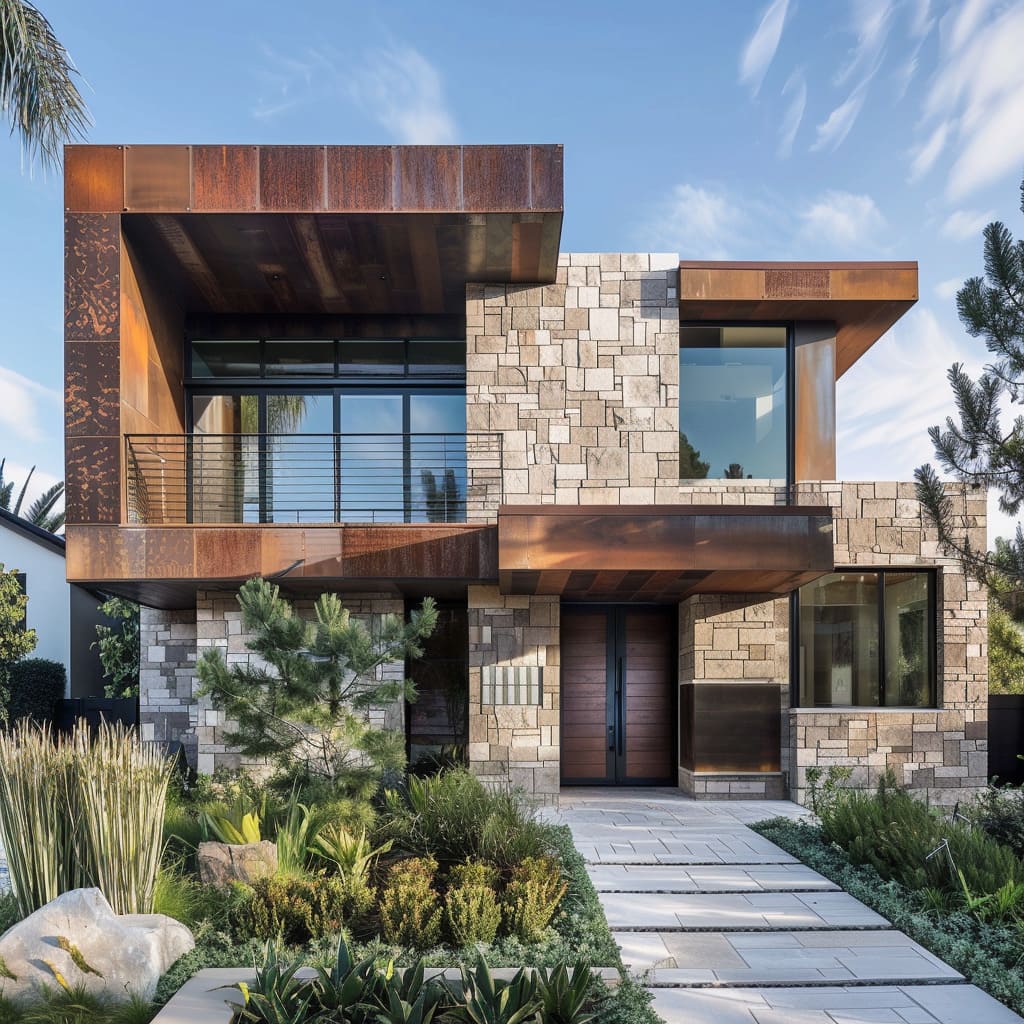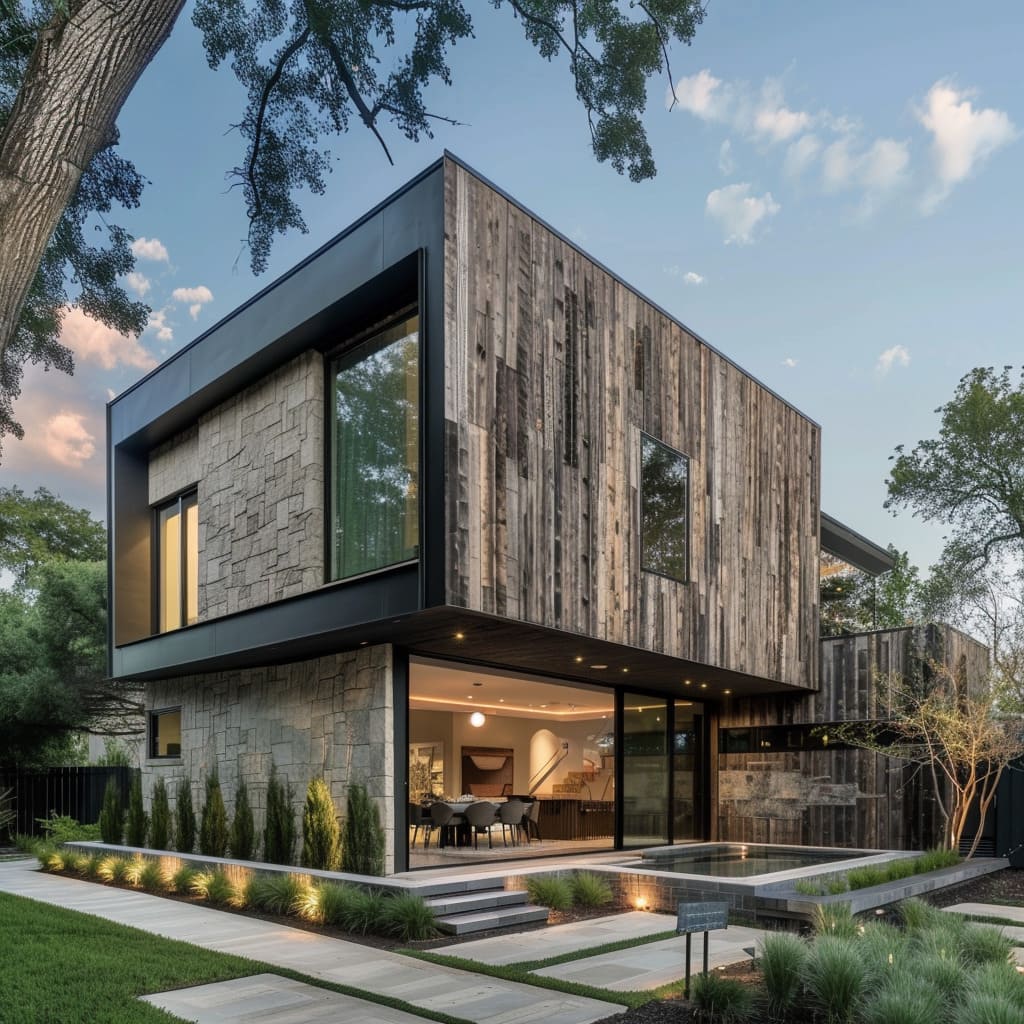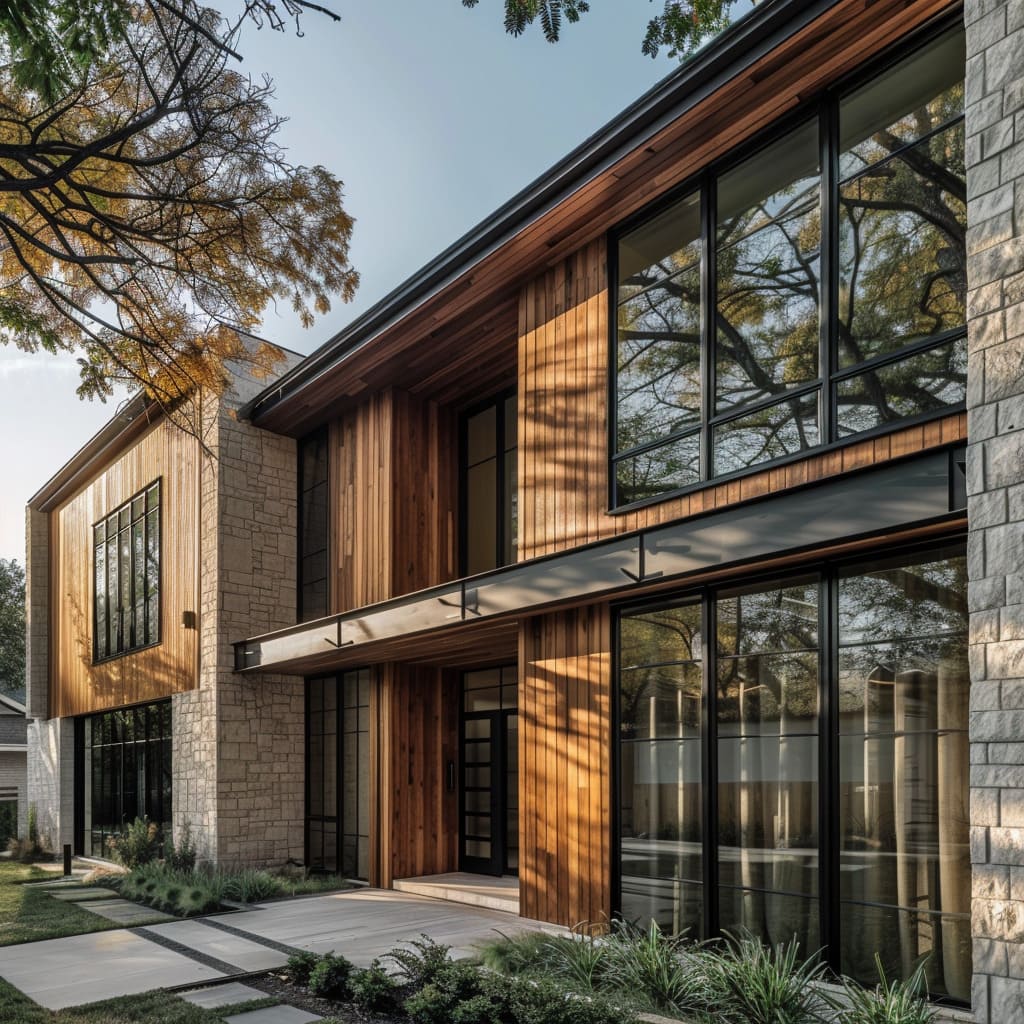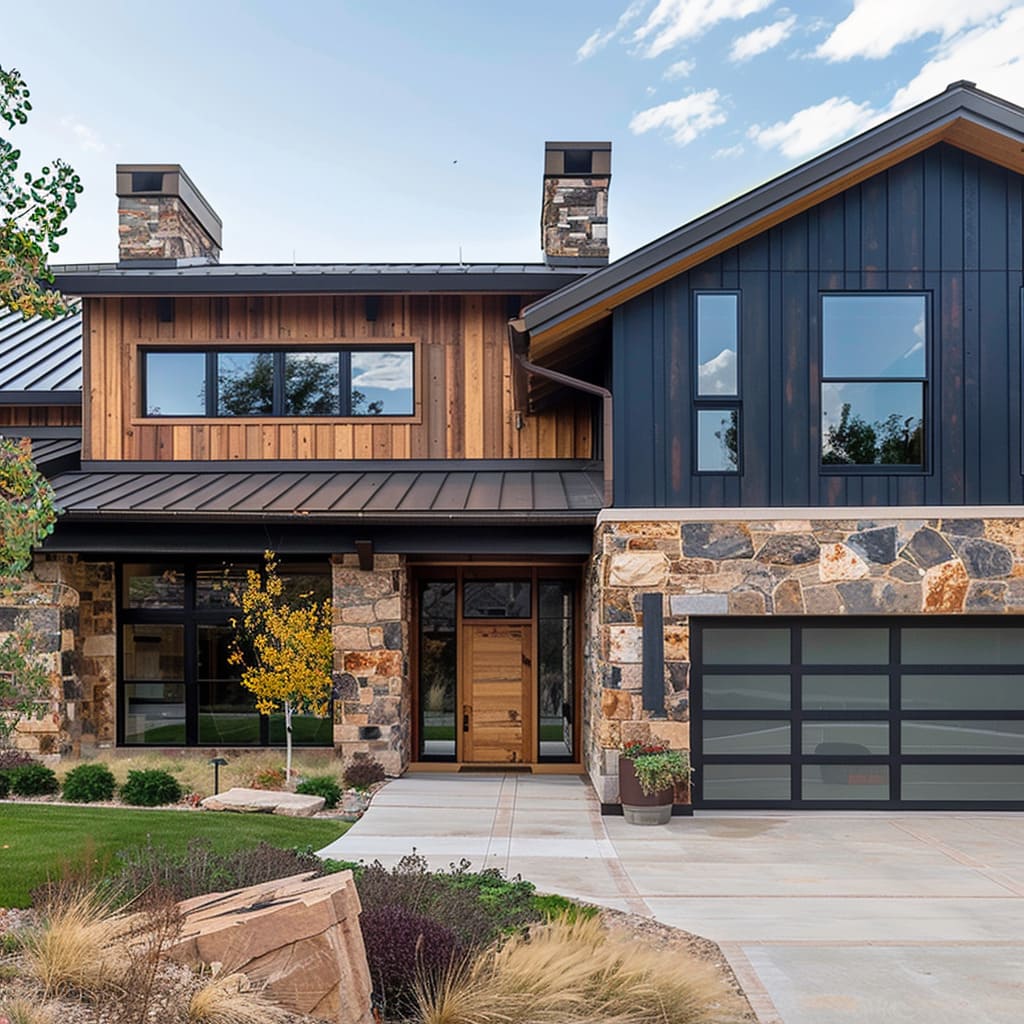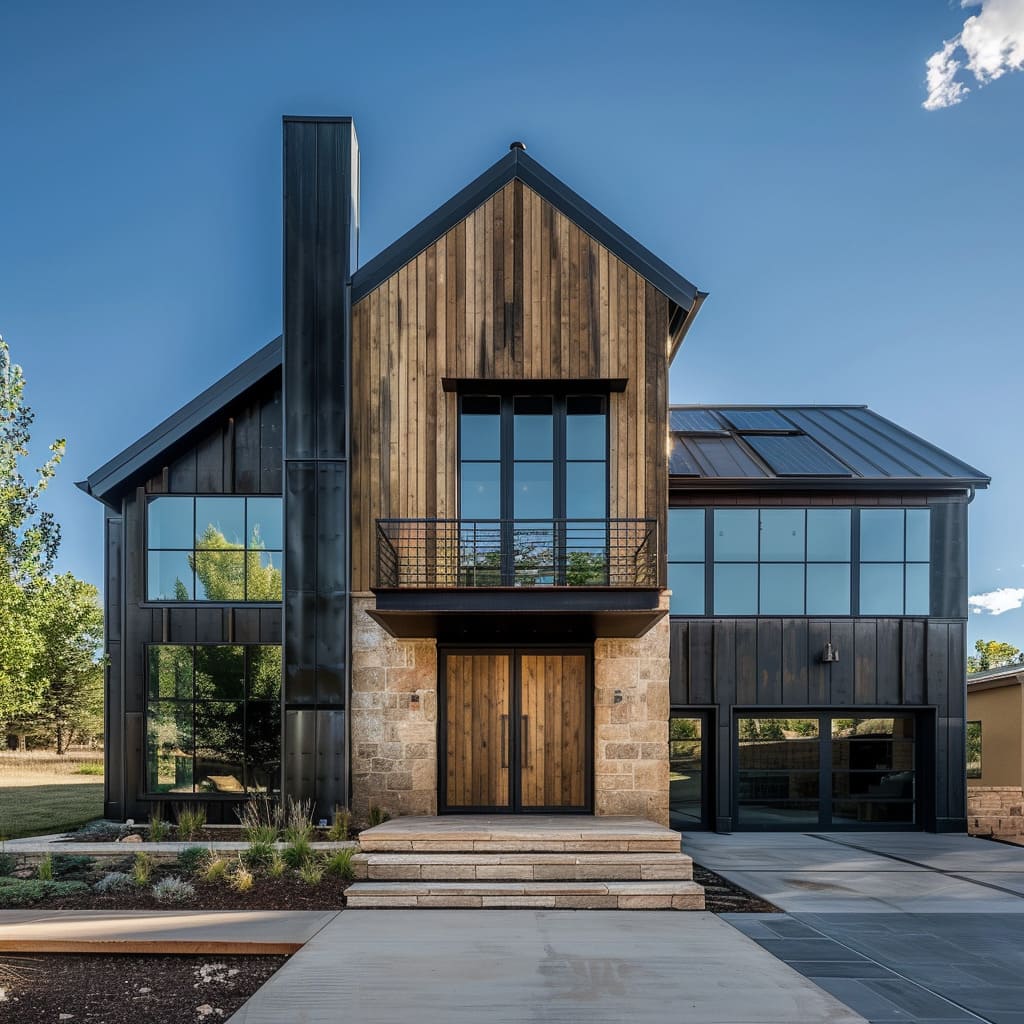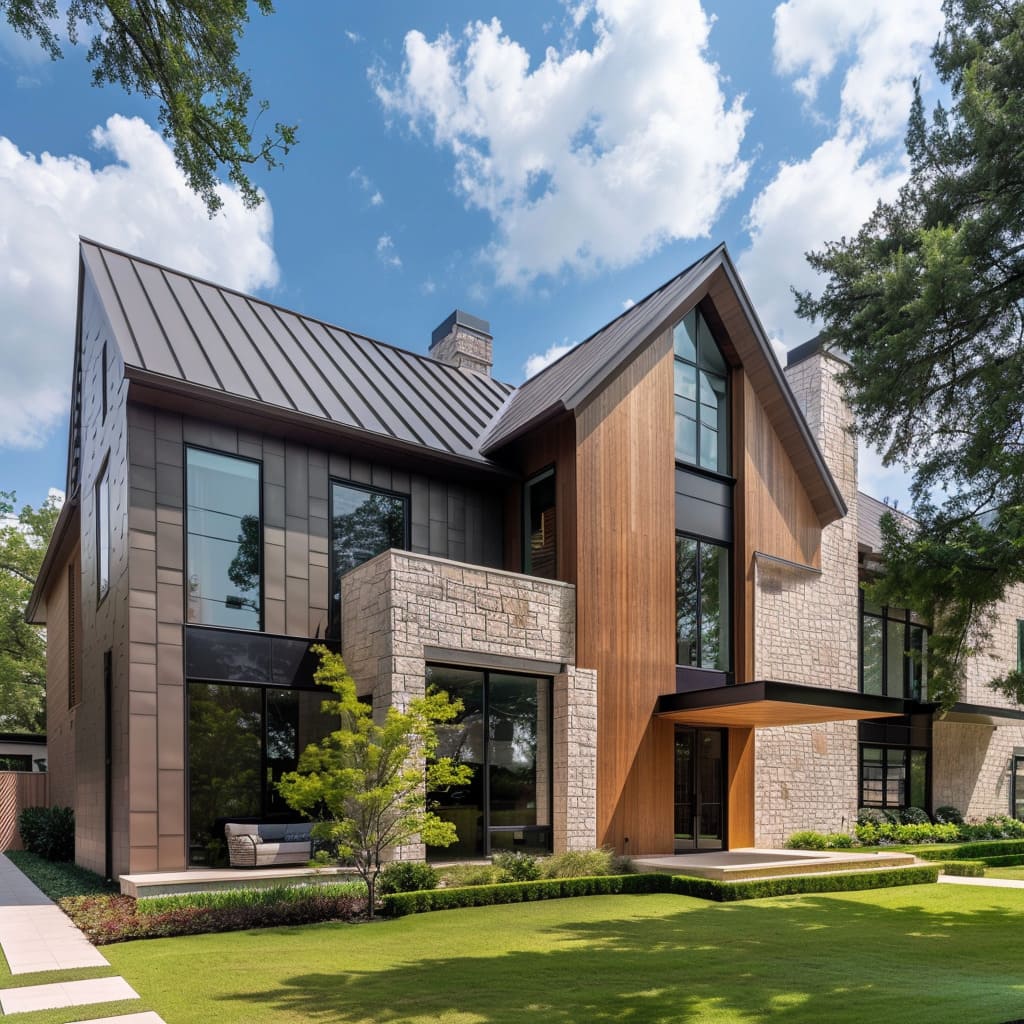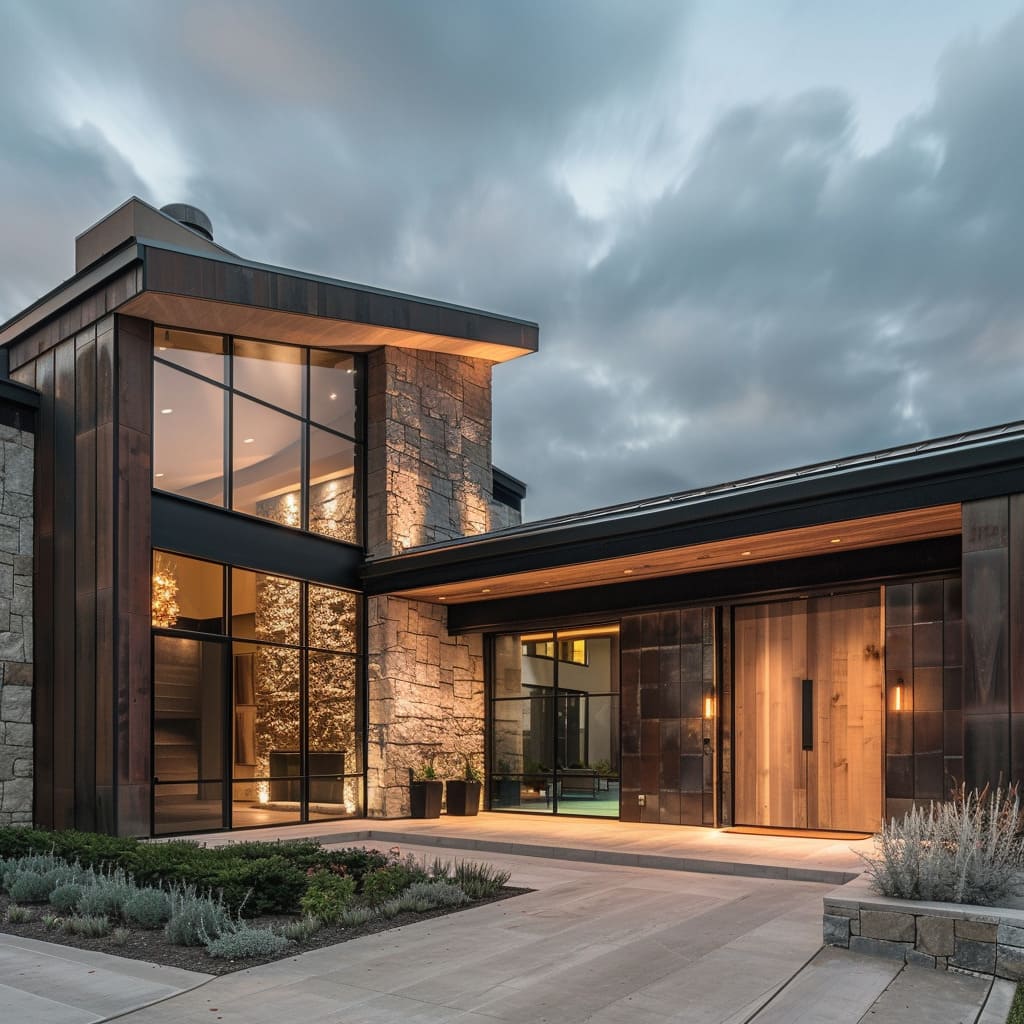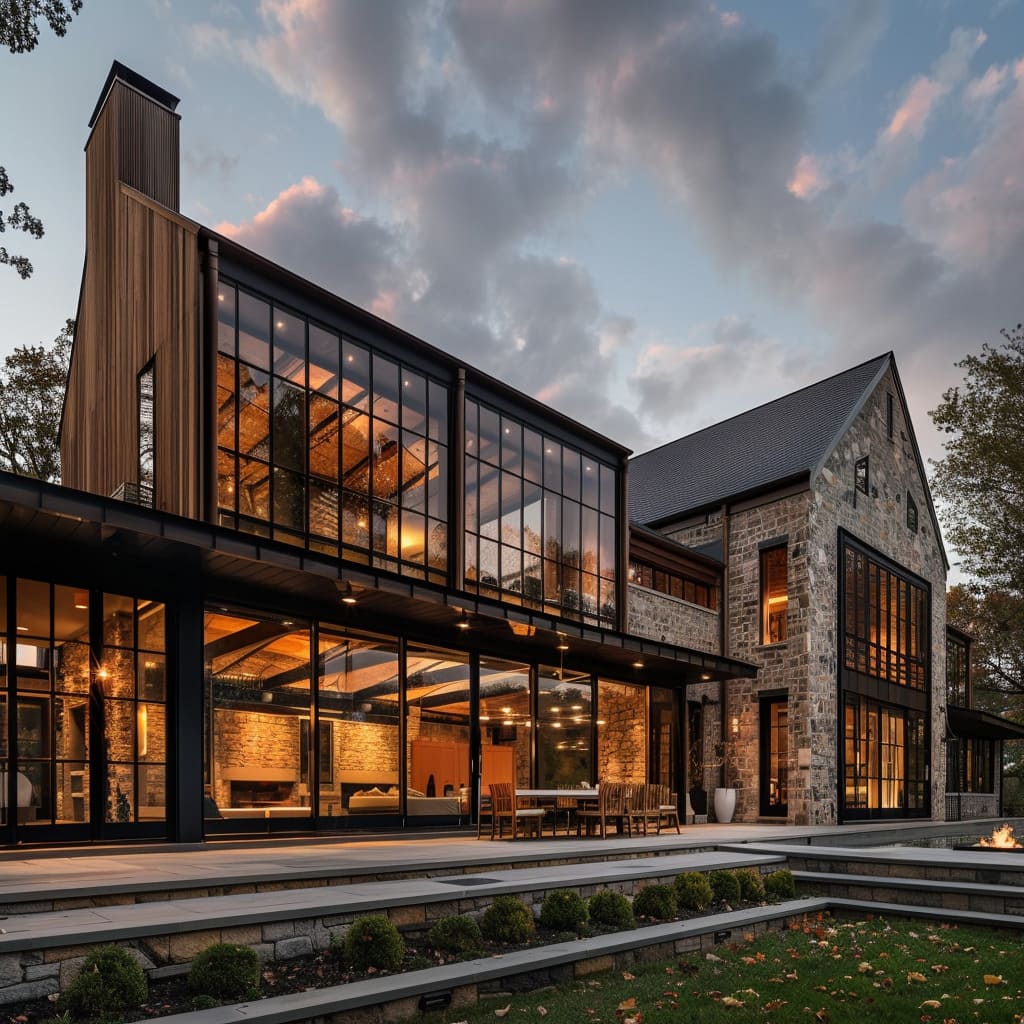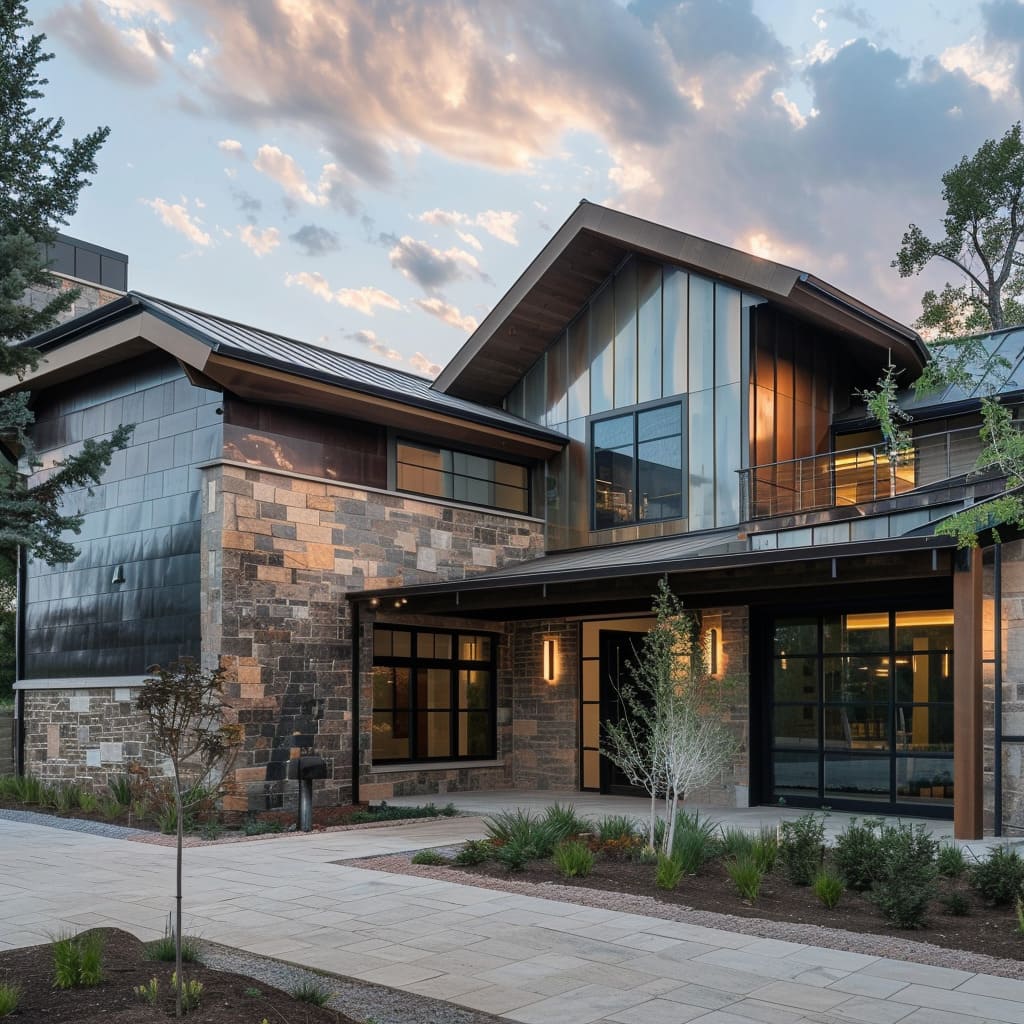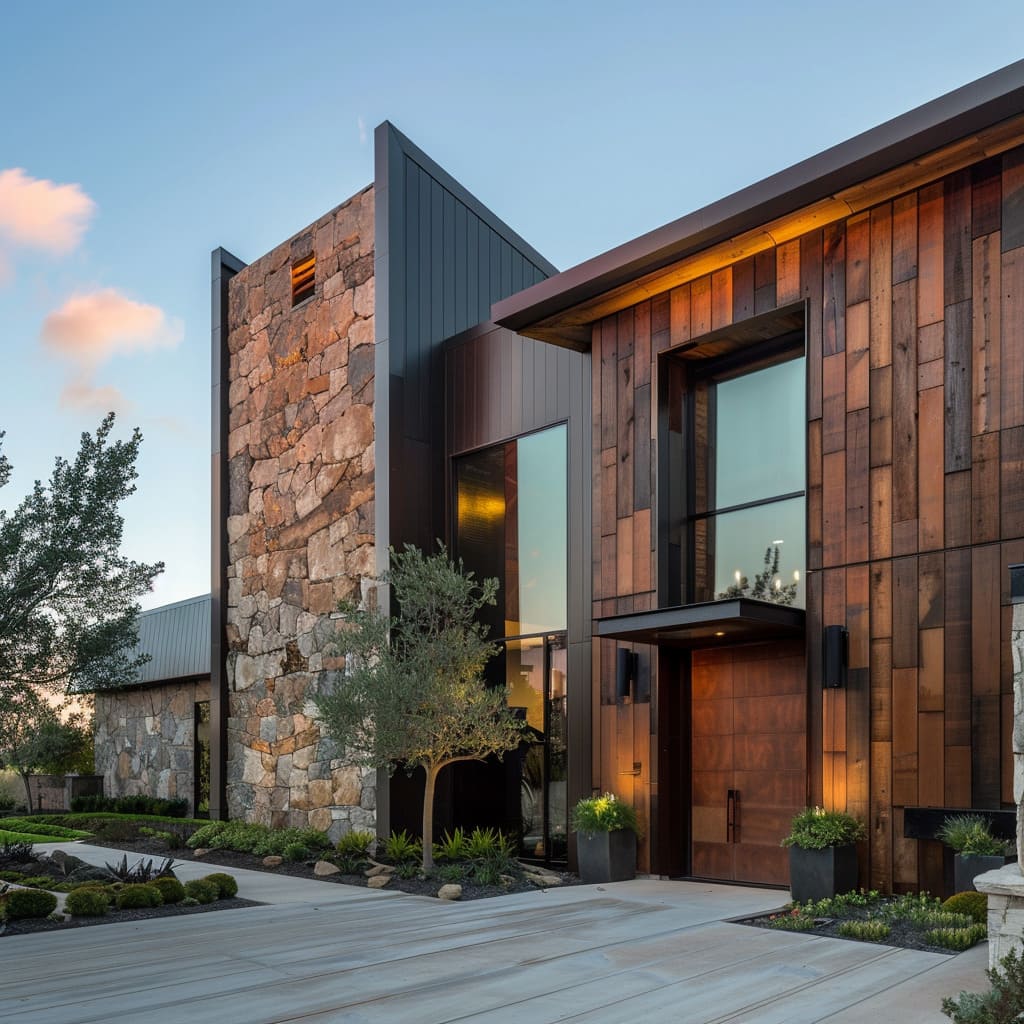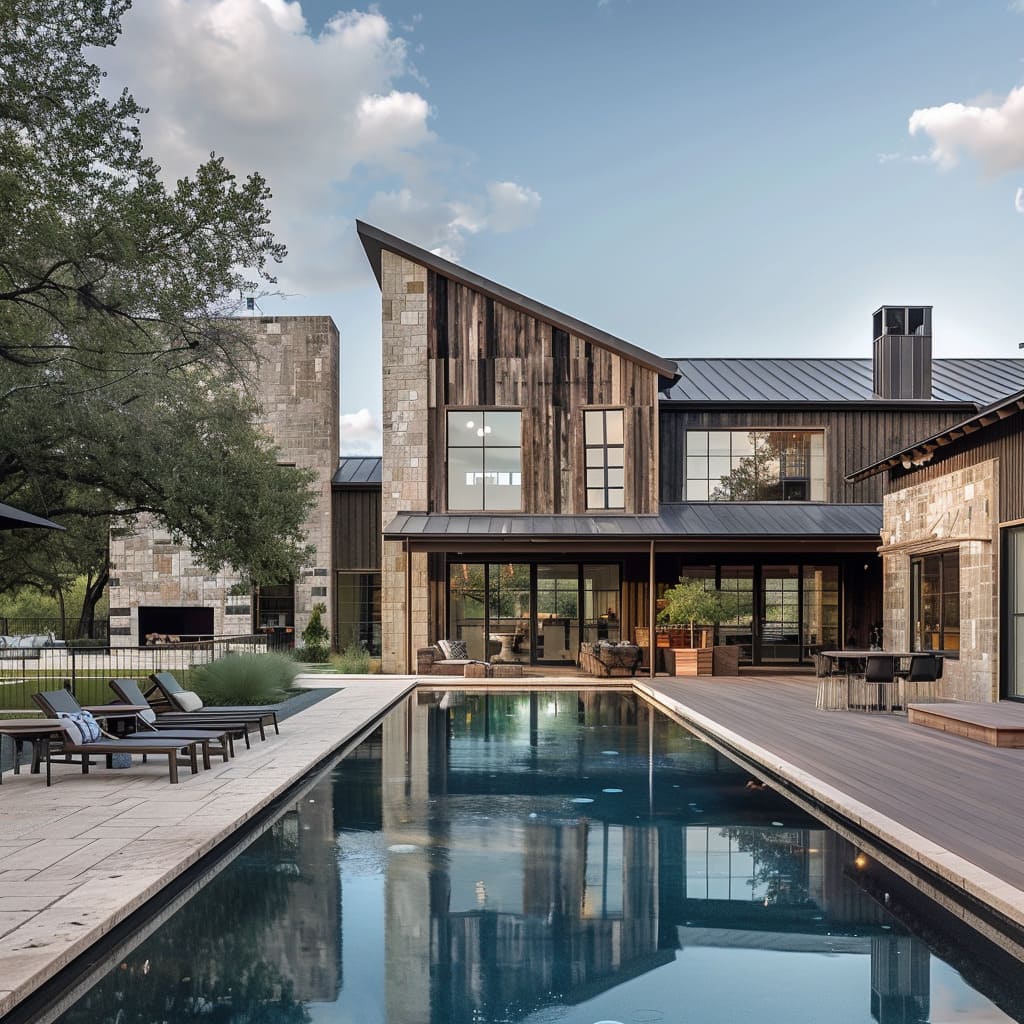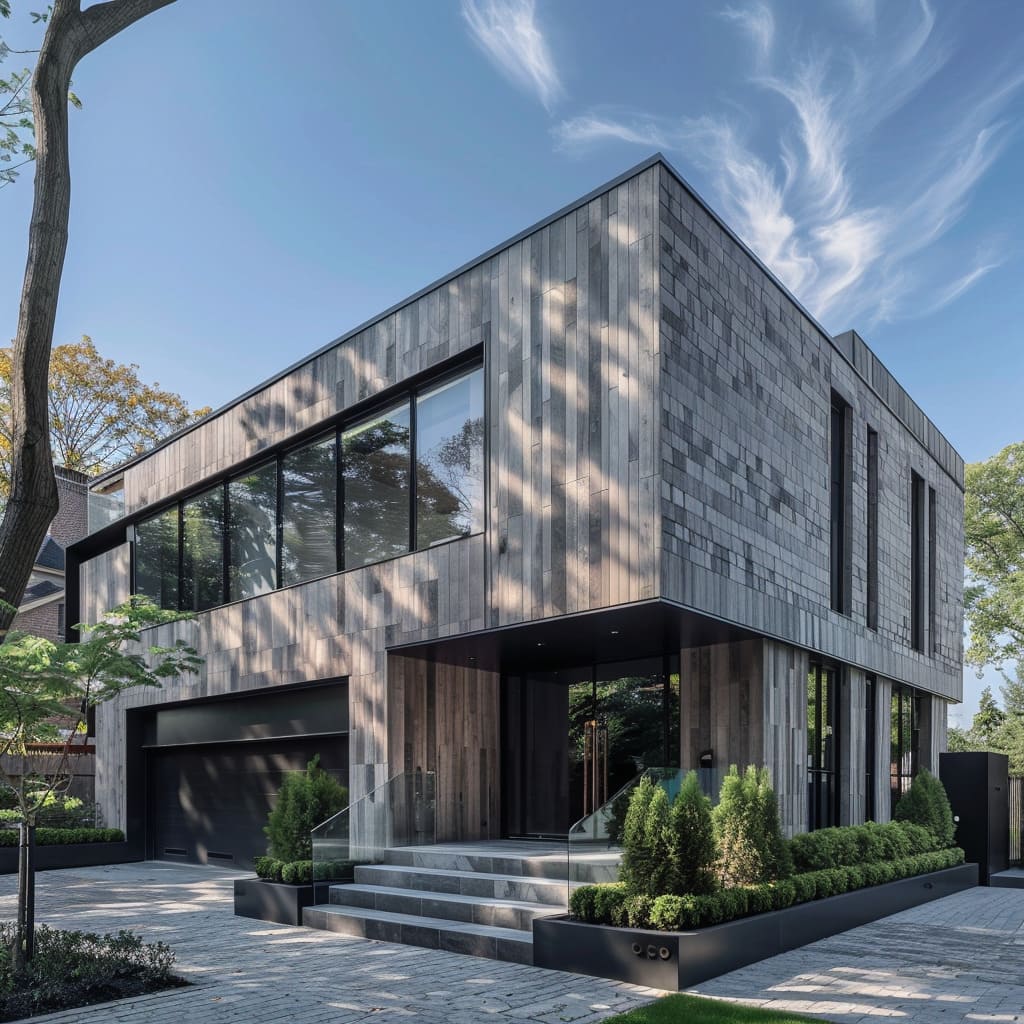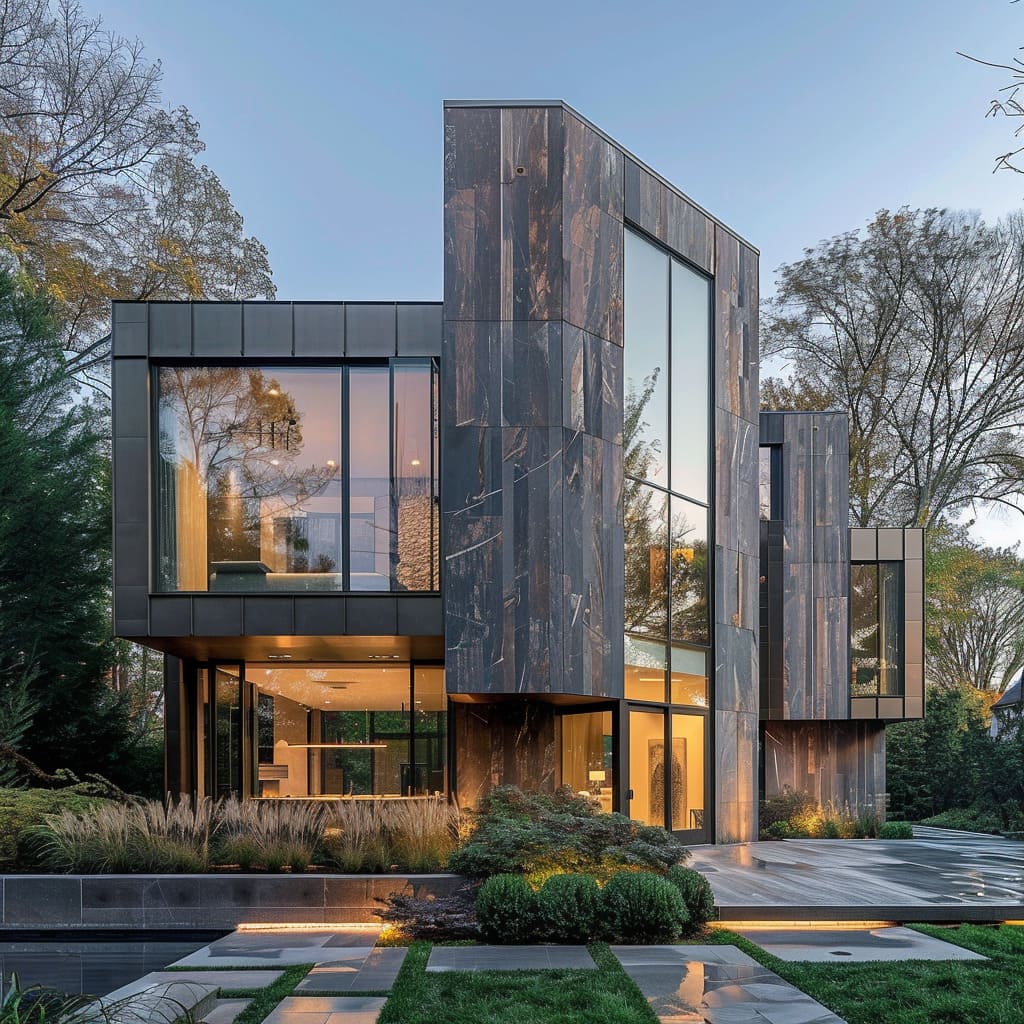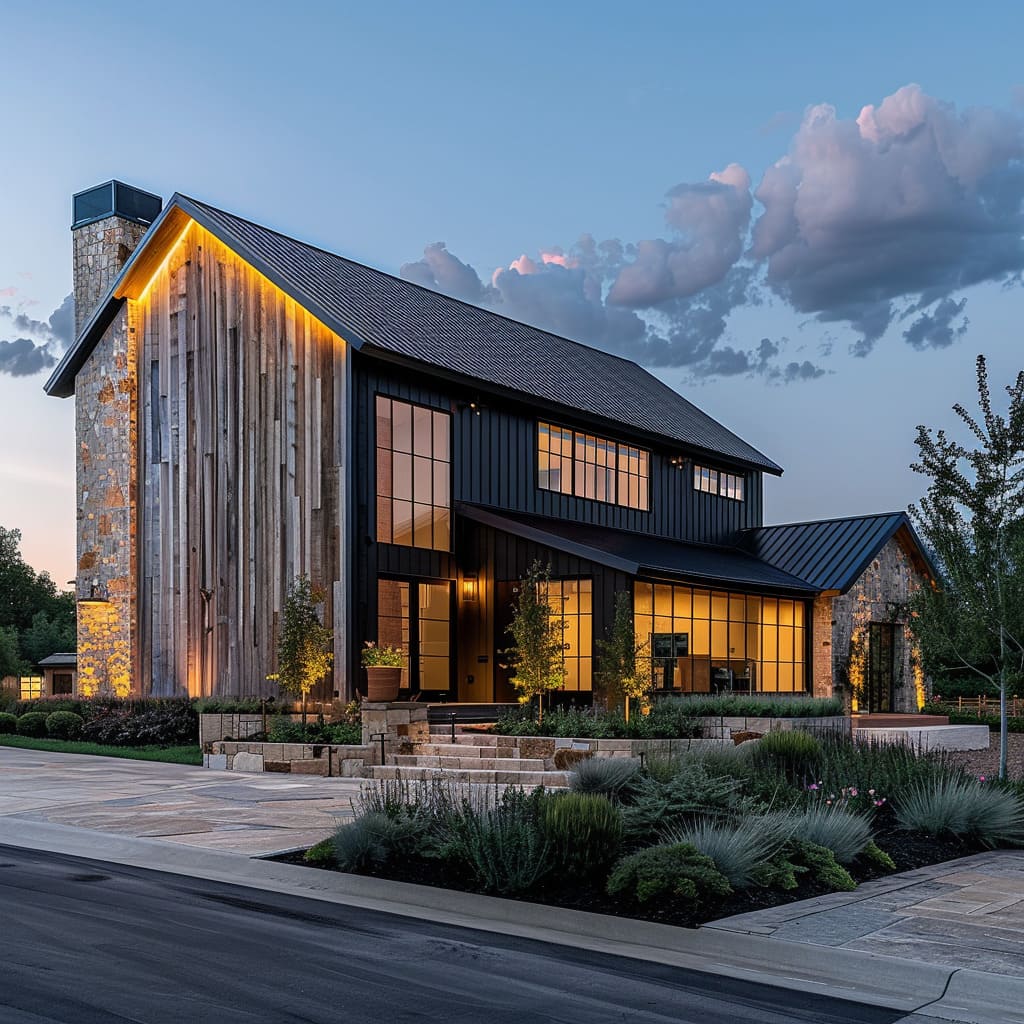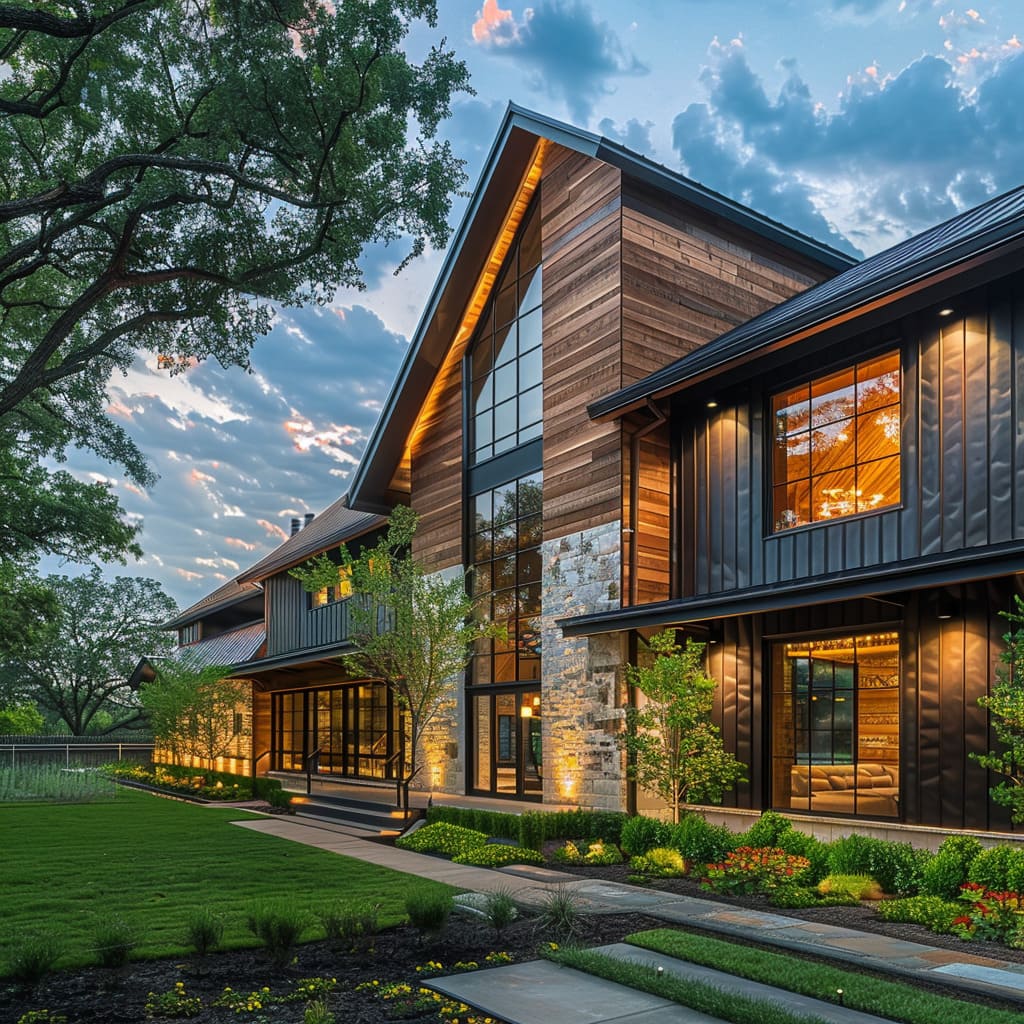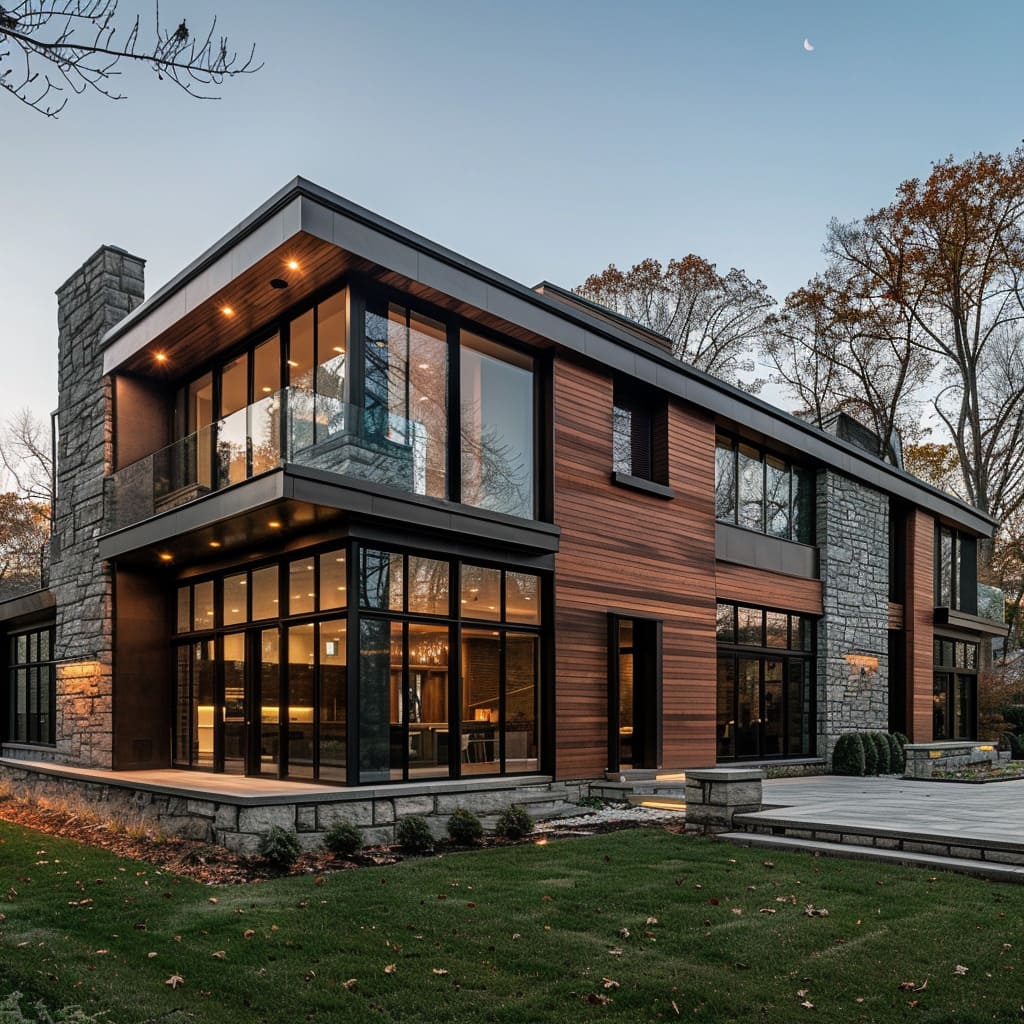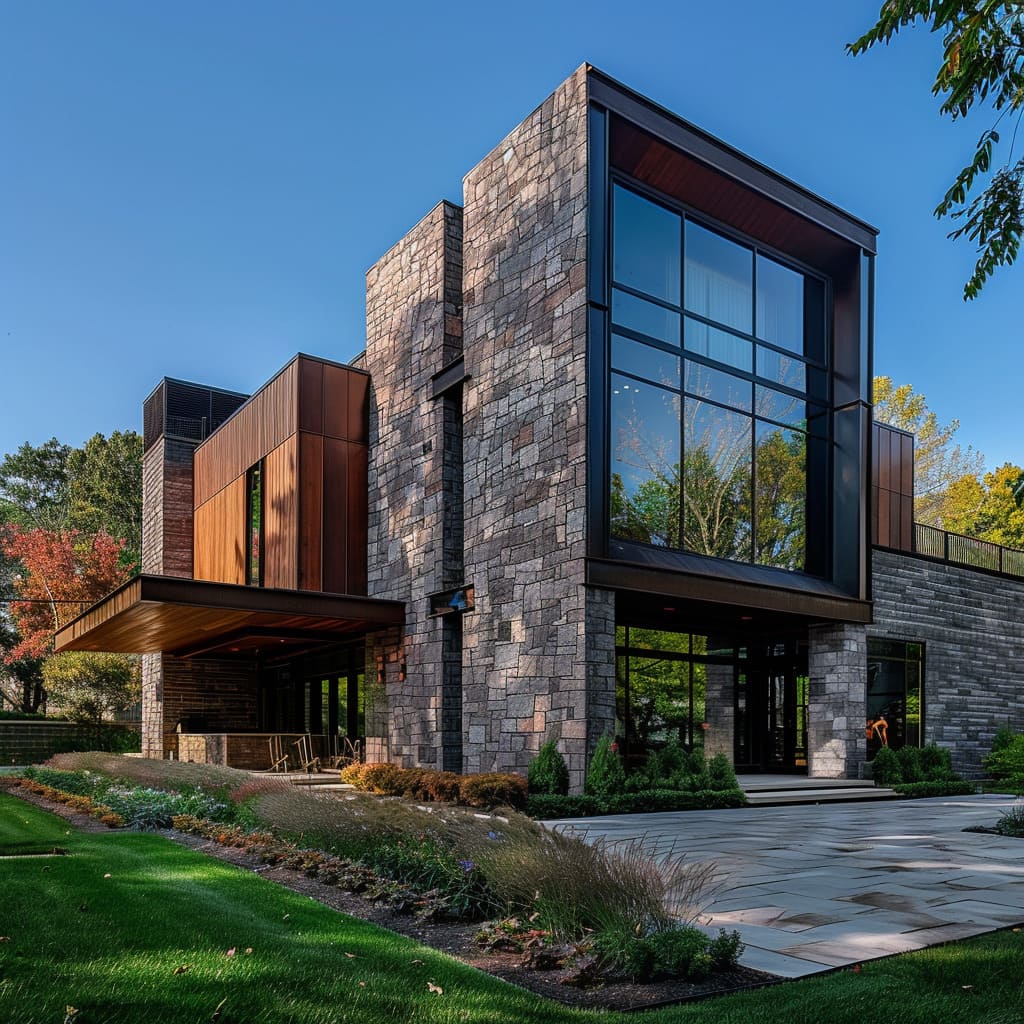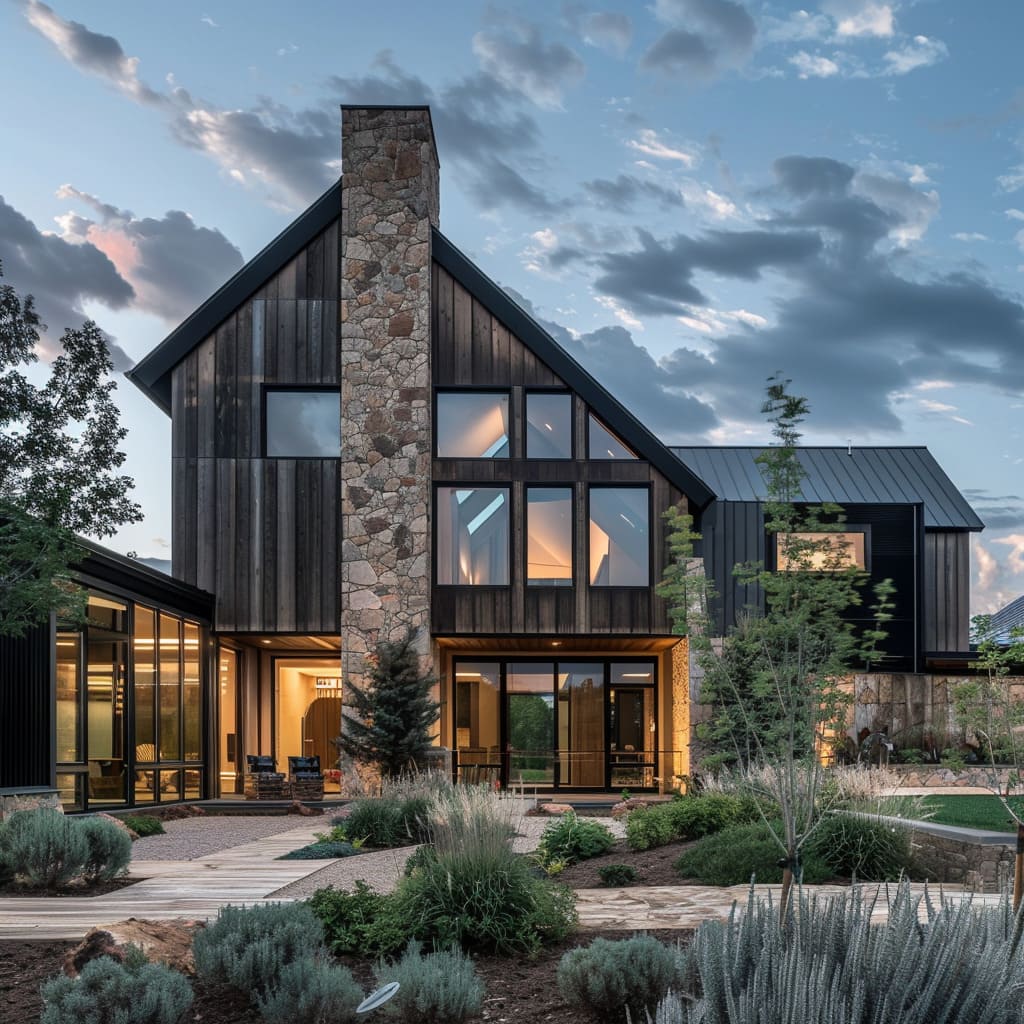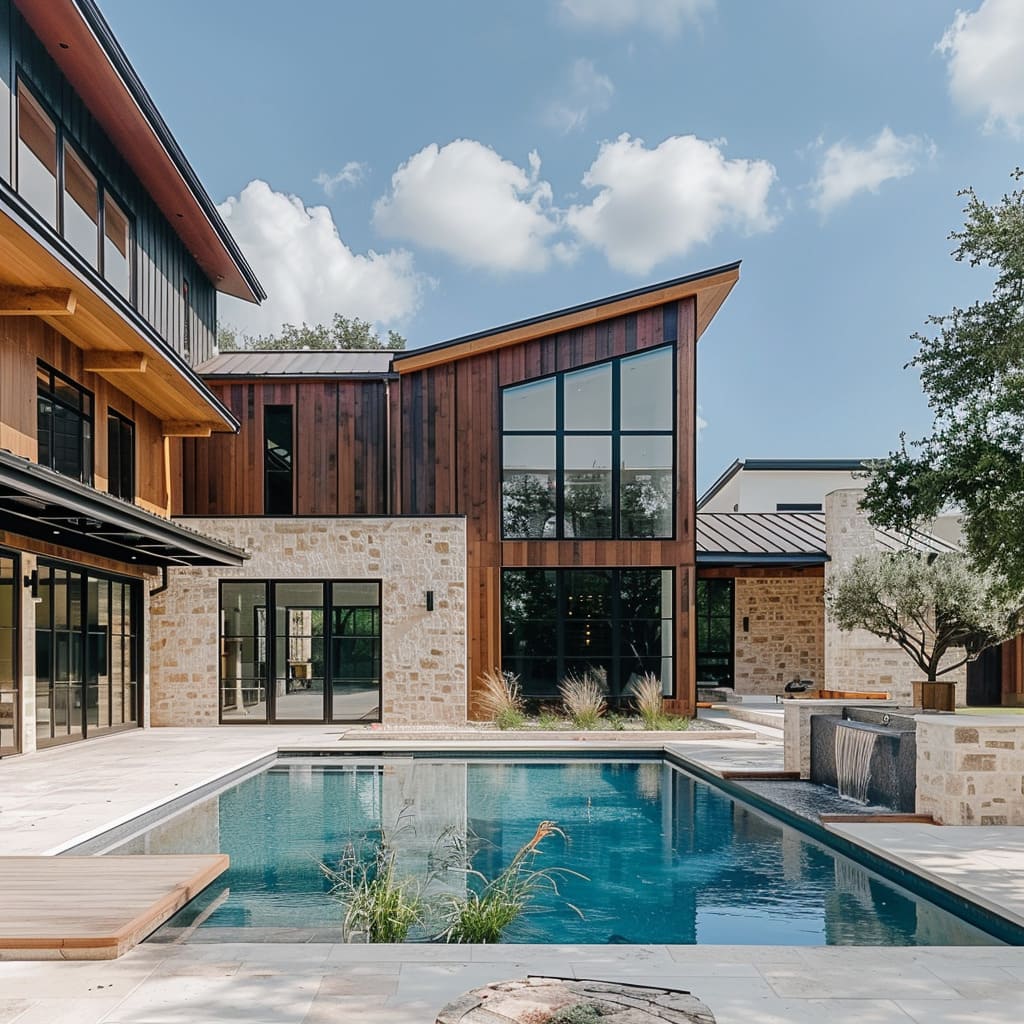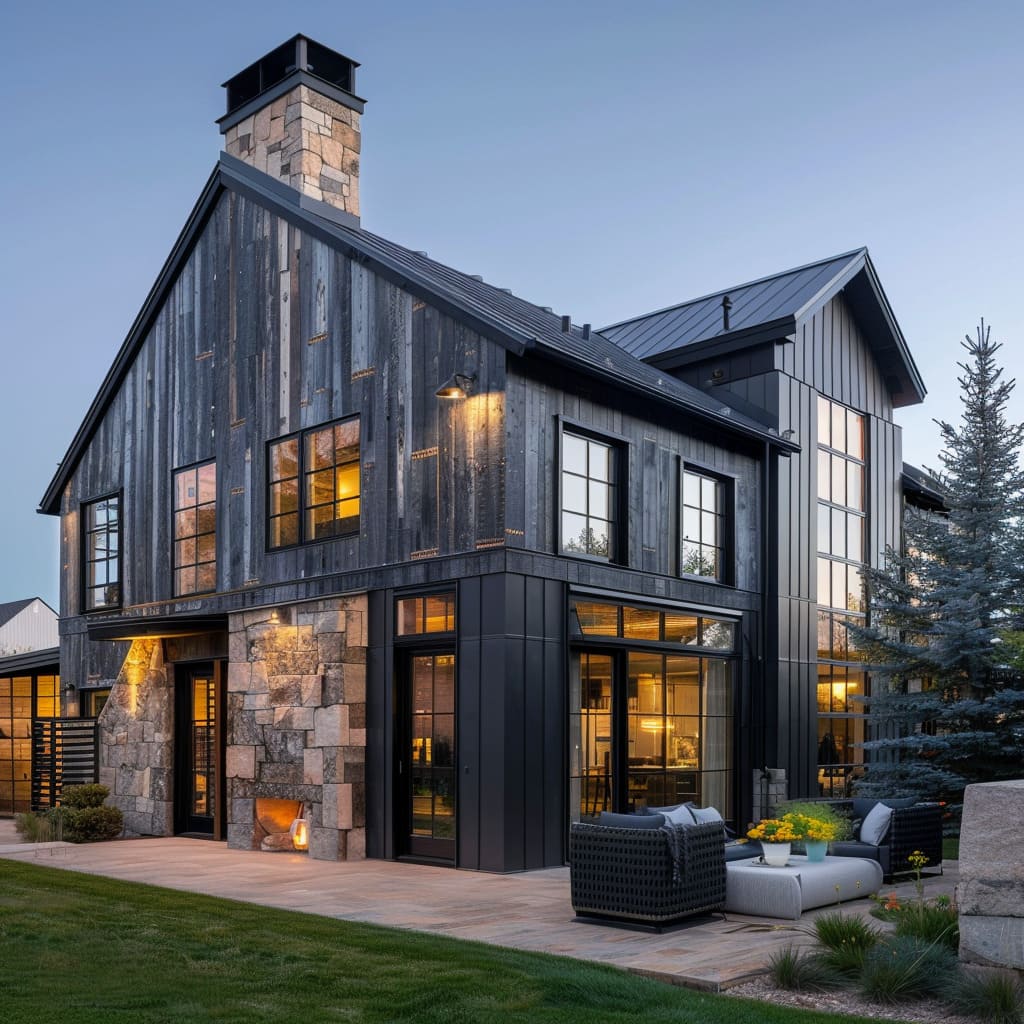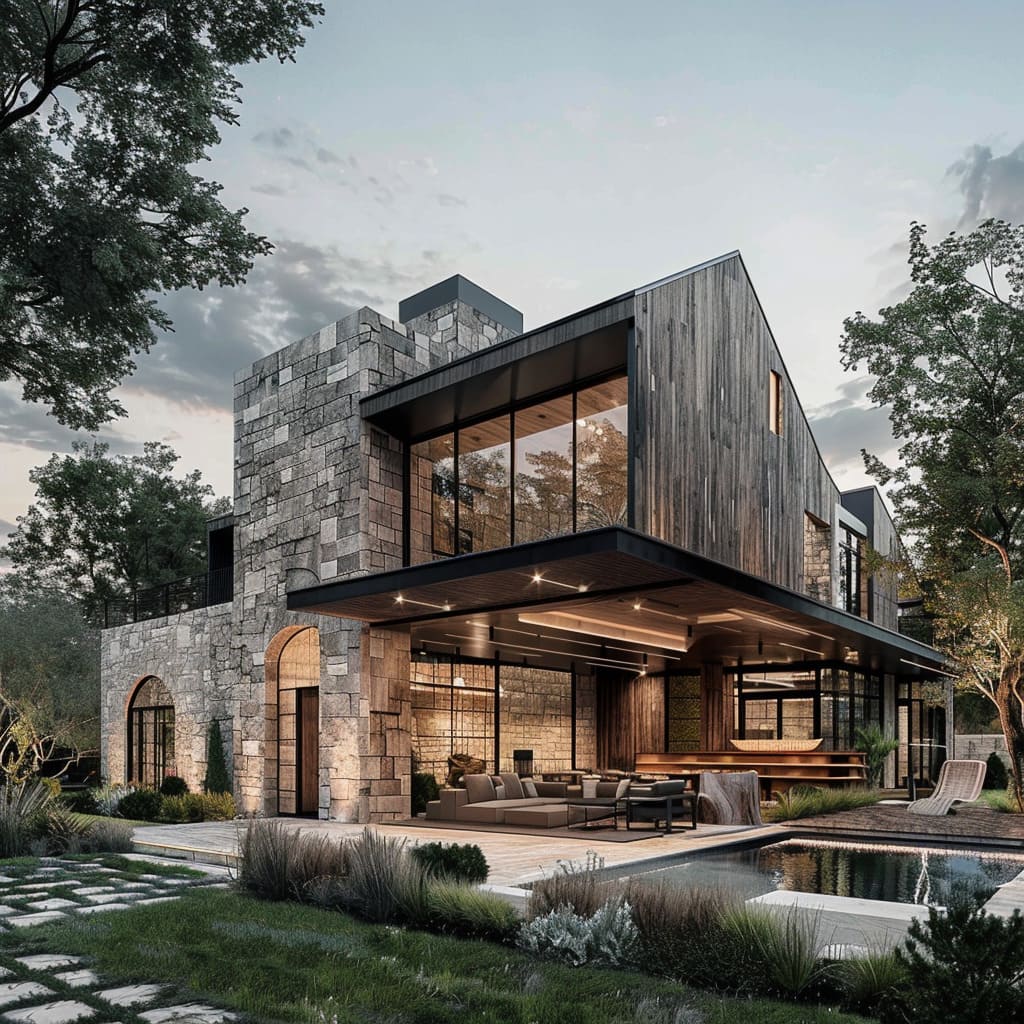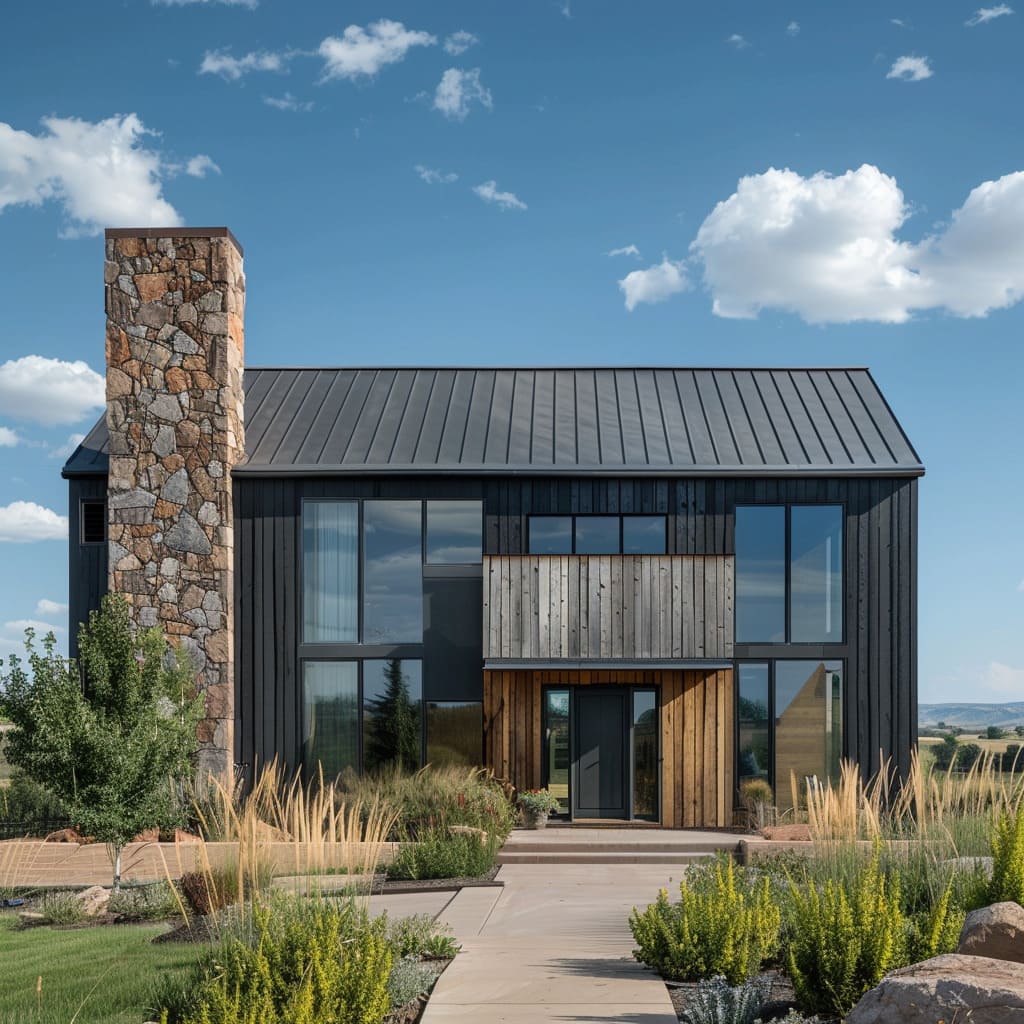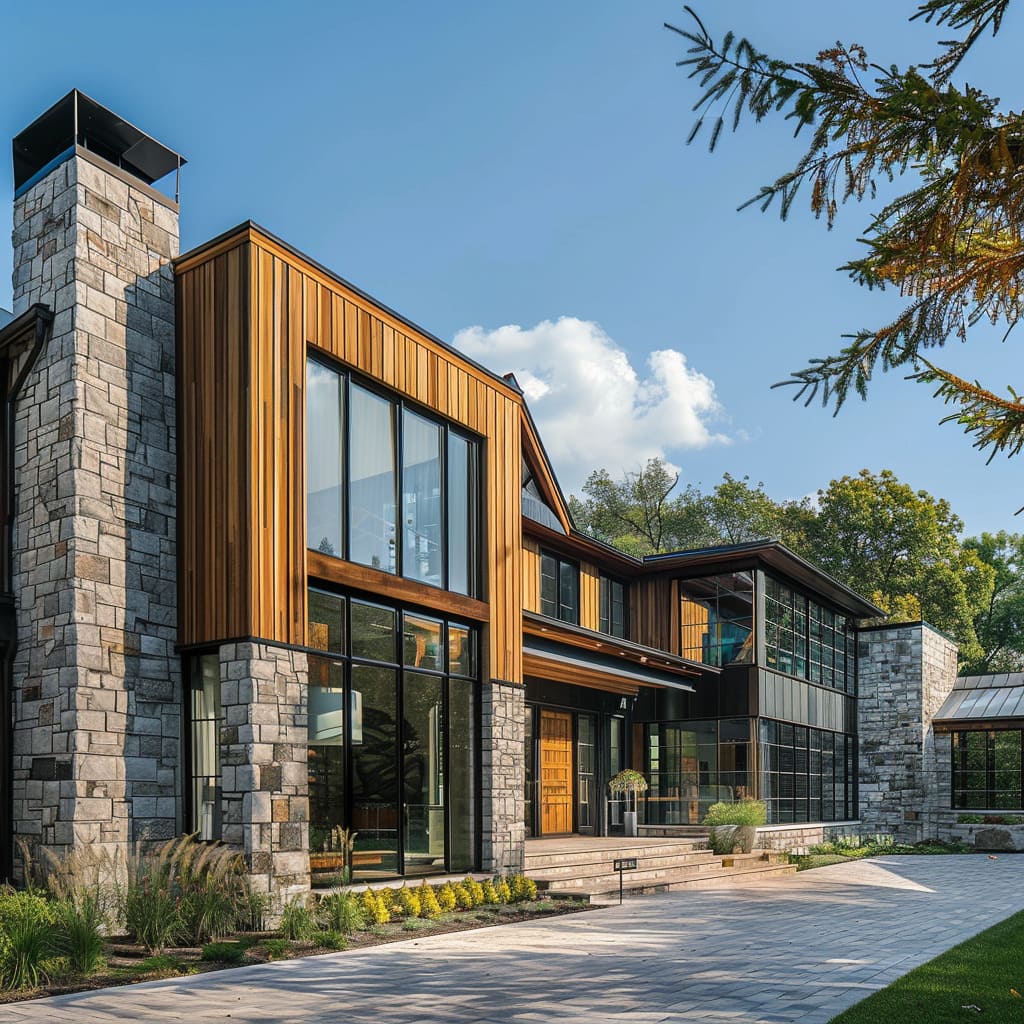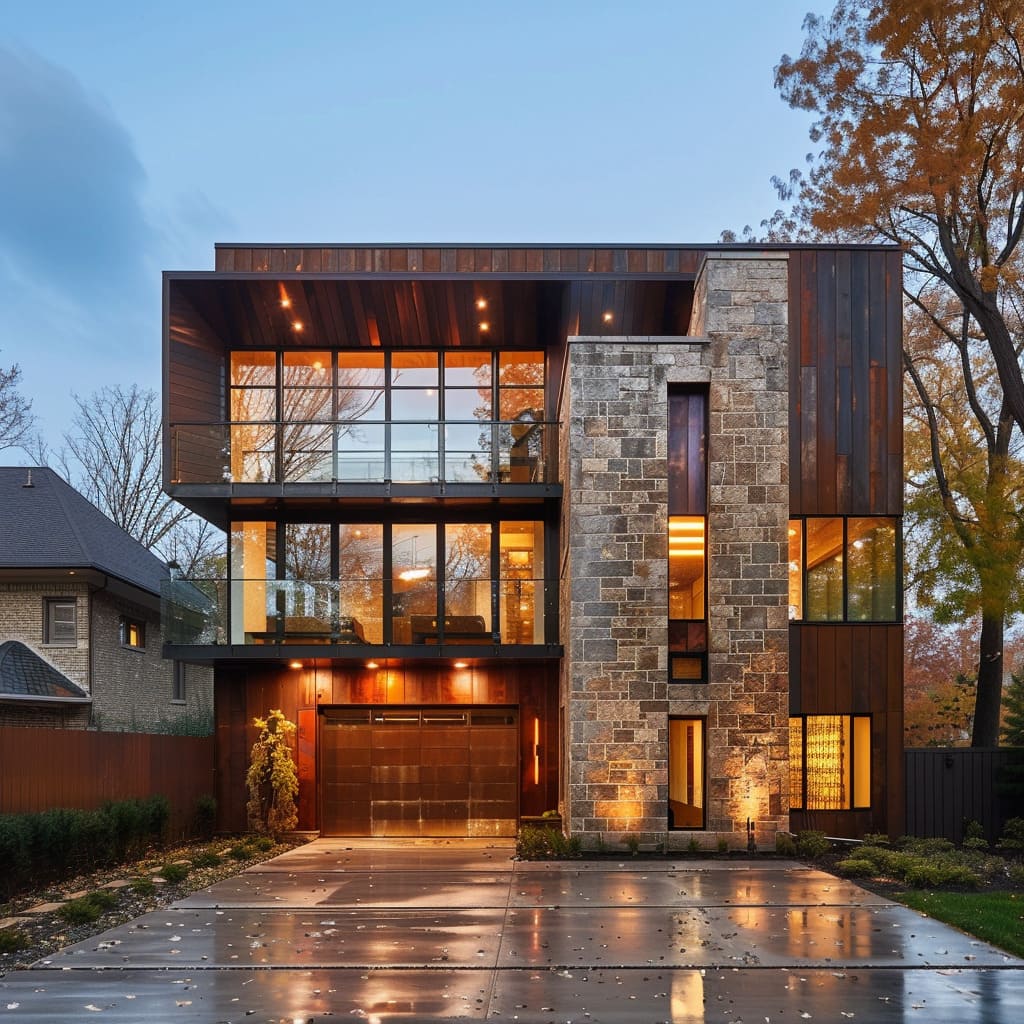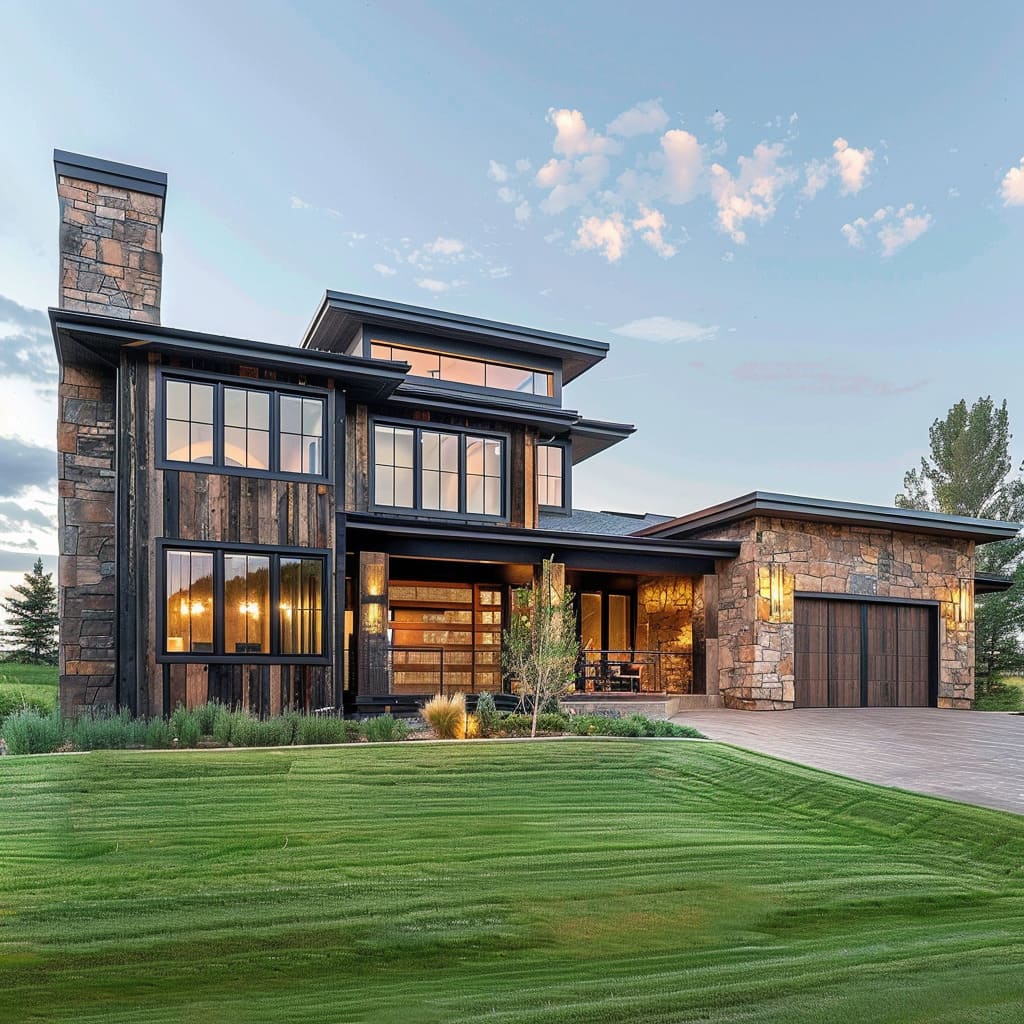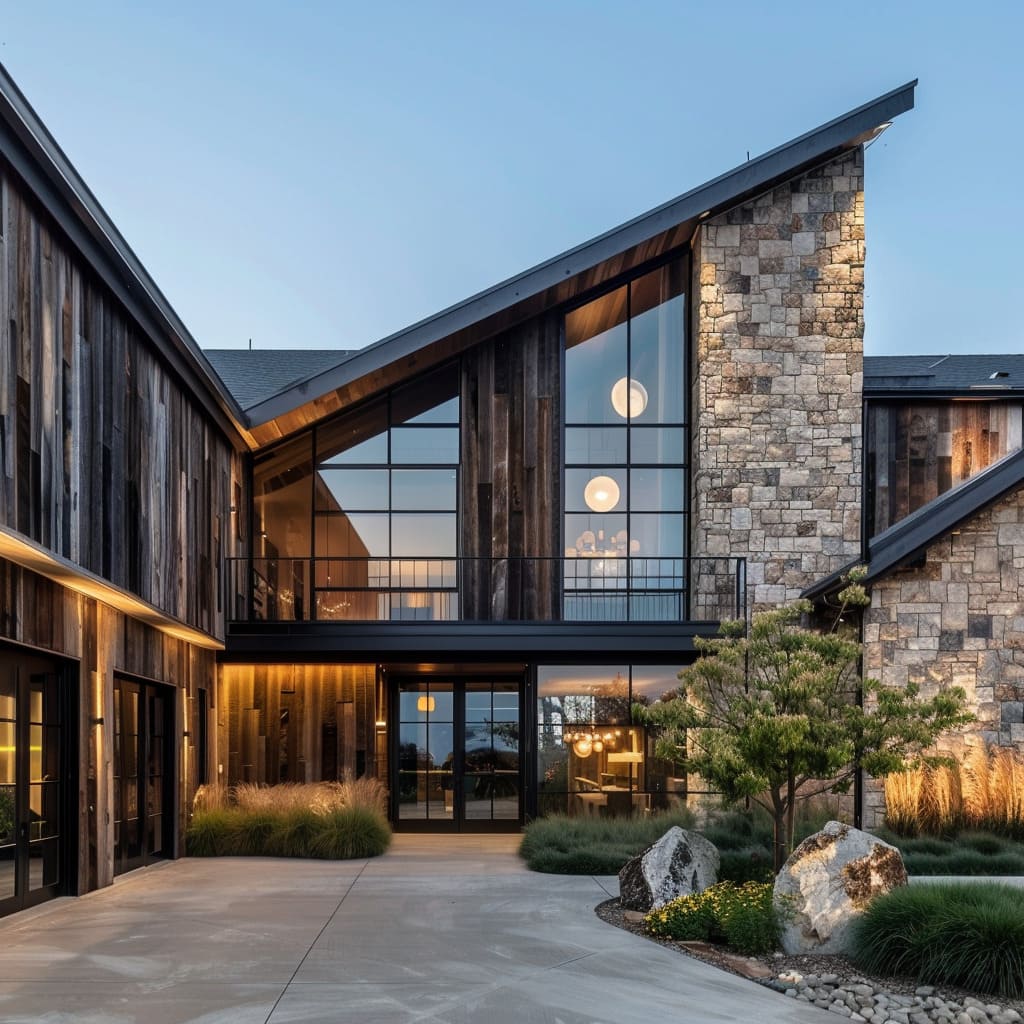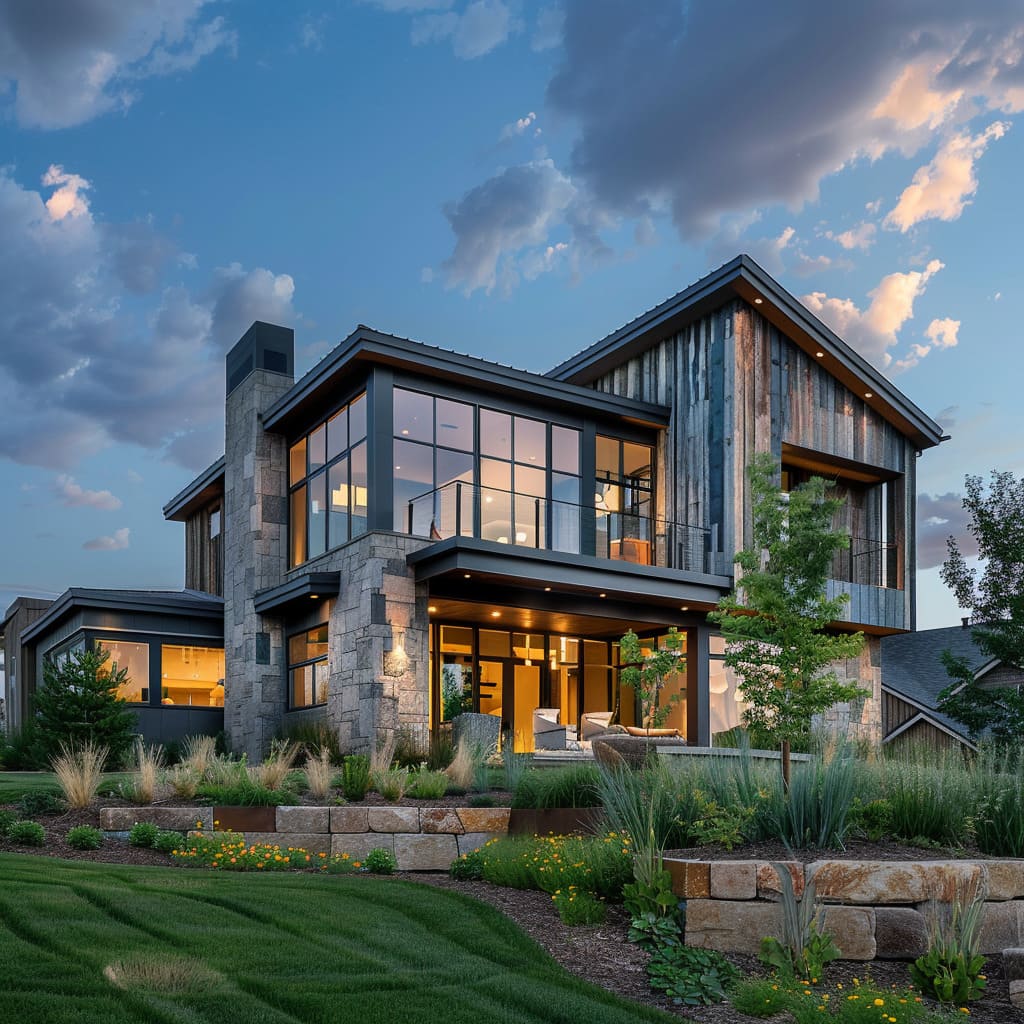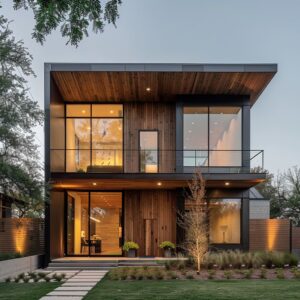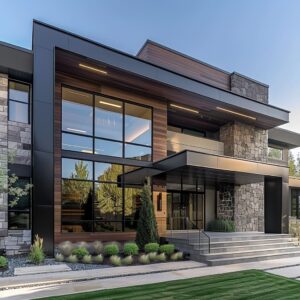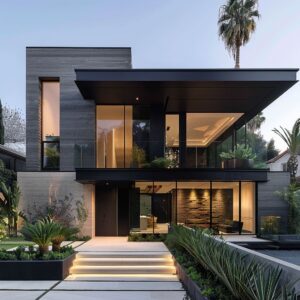The transformation of an old barn into a barndominium is a wonderful concept that blends history with modern living. This article delves into the intricate process of taking a traditional barn structure and remodeling it into a luxurious, functional, and aesthetically pleasing home.
The fusion of rustic charm with contemporary design principles creates a unique living space that retains the character of the original barn while offering all the comforts of modern life.
In this comprehensive guide, we will explore various aspects of this remodeling process, providing detailed insights and practical advice for anyone considering such a project.
Planning and Vision
The first step in transforming an old barn into a barndominium is to develop a clear vision and a detailed plan. This involves understanding the potential of the existing structure and identifying the goals for the new living space.
Consulting with experienced architects and designers is crucial at this stage. They can provide valuable insights into how to preserve the character of the barn while incorporating modern amenities.
It’s important to consider the structural integrity of the barn, as well as any necessary repairs or reinforcements that might be needed.
Structural Layout
The layout of a barndominium is one of its most defining features. Retaining the original structure of the barn offers both aesthetic and practical benefits.
The tall ceilings and open spaces characteristic of barns can be adapted to create a spacious and airy home. When configuring the layout, it’s important to maximize both functionality and visual appeal.
Multi-level designs can be particularly effective, allowing for a separation of living areas while maintaining a cohesive flow throughout the space. Intersecting volumes and varied roof heights can add architectural interest and help define different areas of the home.
Balancing vertical and horizontal elements is key to achieving a harmonious design that feels both grounded and expansive.
Materials and Finishes
Choosing the right materials is crucial in blending rustic charm with modern sophistication. Natural stone is an excellent choice for adding texture and depth to the exterior walls.
It provides a sturdy and timeless foundation that enhances the overall aesthetic appeal.
Wood siding, particularly reclaimed wood, introduces warmth and a sense of history. The rich tones and unique grain patterns of reclaimed wood can add character and visual interest.
Expansive glass panels are essential for bringing natural light into the home and creating a strong connection between the indoor and outdoor spaces. These panels should be framed with sleek metal accents to provide a modern touch and ensure durability.
The combination of these materials creates a balanced and cohesive look that reflects both the old and new.
Roofing Design
The design of the roof plays a significant role in the overall appearance and functionality of a barndominium. Retaining the traditional pitched roof can enhance the barn-like character of the home while also providing practical benefits.
A steeply pitched roof is effective for water drainage and can add height and volume to the interior spaces. Modern roofing materials like standing seam metal are ideal for this application.
They offer durability, low maintenance, and a sleek appearance that complements the other architectural elements. The contrast between the steeply pitched sections and flat roof areas can create a dynamic and visually appealing roofline.
Exterior Lighting
Thoughtfully designed exterior lighting is essential for highlighting the architectural features of a barndominium and enhancing its nighttime appeal. Recessed lights under the eaves can provide subtle illumination that accentuates the roofline and creates a warm glow.
Spotlights along the pathways and around the landscaping elements can highlight key features and ensure safe navigation. The goal is to create a balanced lighting scheme that enhances the aesthetic appeal without overpowering the natural beauty of the materials.
Exterior lighting should be designed to complement the overall architectural style and highlight the unique features of the home.
Entrance and Pathways
The entrance to a barndominium sets the tone for the entire home. A grand and inviting entryway can be created by framing the entrance with large glass panels and a solid stone wall.
The pathway leading to the entrance should be paved with large stone slabs, arranged in a geometric pattern that echoes the design of the house.
Landscaping and Outdoor Spaces
Landscaping is a critical component in enhancing the aesthetic appeal of a barndominium. The use of ornamental grasses, low shrubs, and mature trees can soften the hardscape and blend the house seamlessly with its natural surroundings.
Planters and garden beds strategically positioned around the property add color and texture, creating a vibrant and dynamic outdoor environment. Functional outdoor spaces like patios and courtyards should be designed to extend the living area and provide opportunities for relaxation and socializing.
Interior Design Elements
The interior design of a barndominium should reflect the same blend of rustic charm and modern sophistication as the exterior. An open floor plan is ideal for maximizing natural light and creating a sense of spaciousness.
The use of materials like wood, stone, and metal should continue from the exterior to the interior, maintaining a cohesive design throughout the house.
High ceilings and exposed beams can add character and enhance the feeling of openness. Large windows should be strategically placed to take advantage of natural light and provide stunning views of the surrounding landscape.
The interior design should create a comfortable and stylish living environment that feels both inviting and luxurious.
Furnishings and Decor
The furnishings and decor in a barndominium should be a blend of modern and rustic elements. Sleek furniture pieces can be paired with reclaimed wood and metal accents to create a balanced and cohesive look.
The use of natural materials and neutral colors can enhance the sense of warmth and comfort. Decorative elements like modern art pieces, textured rugs, and cozy textiles add personality and visual interest.
Case Studies and Examples
To illustrate the potential of transforming an old barn into a barndominium, it’s helpful to look at detailed descriptions of successful projects. One example might include a multi-level structure with reclaimed wood and natural stone, showcasing how these materials can be used to create a warm and inviting living space.
Another example could highlight a flat roof design with expansive glass panels and metal accents, demonstrating how modern architectural elements can be seamlessly integrated into the traditional barn structure. Each case study should provide insights into the design process, material choices, and the overall transformation, offering inspiration and practical advice for similar projects.
Conclusion
The transformation of an old barn into a barndominium is a unique and rewarding project that blends history with modern living. By thoughtfully combining materials like natural stone, wood, glass, and metal, and incorporating both traditional and contemporary design elements, it’s possible to create a luxurious and inviting home that retains the character of the original barn.

